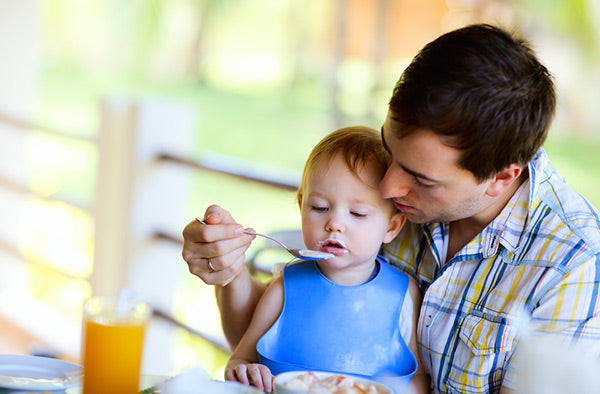
Traditionally Spring begins at the Spring Equinox, which this year falls on 23 September, but we usually think of this season starting at the beginning of September.
Days are getting longer and warmer now. There are winter vegetables in the garden still, but they're coming to an end. This is a tricky time for gardeners - we're itching to get out and plant all the amazing vegetables that thrive during warmer weather, but Spring can dish up surprises like warm days then late frosts. So don't be too hasty.
Soil is still cool and wet. When preparing garden beds, fork them over them rather than digging. This helps aerate the soil and prevents damage to soil structure.

If drainage is a problem at your place, raising garden beds will help. A good dressing of gypsum also helps as it breaks down heavy clay soils which don't usually drain well. Gypsum also adds much-needed calcium which promotes strong, healthy plants and is often in short supply in our garden beds.
And don't forget to check out our Gardening By The Moon calendar for each month.
September
Now's the time to dig in green manure crops and add compost to garden beds. Along with a dressing of volcanic rock dust and animal manure (sheep pellets, chook poo etc), you'll be all ready for spring planting.
During September, depending on where you live in New Zealand, you can start planting out lettuces, rocket, beetroot, fennel, carrots, and Asian greens. Herbs like parsley and coriander thrive during the wetter months.

If all chances of frost are over, you can plant the first early potatoes like Swift and Jersey Benne.
October
The soil is definitely starting to warm up, but we recommend you don't rush into planting your tomatoes and basil. As a rule of thumb, if it's warm enough to sit on the ground, it's time to plant tomatoes. Labour Day is traditionally the time to plant most things in the garden, but the last two years have proven that waiting is often better. The tomatoes we planted in early November last year grew better than those planted at Labour Weekend.

Other than tomatoes, it's time to plant zucchini, capsicum, celery, spinach or chard and beans. Planting companion flowers is also important. Basil and marigolds are good companions for tomatoes. It's a good idea to have an area just for flowers which we call an insectary. Flowers help build up your population of good insects. Examples that do well in a summer insectary are alyssum, cosmos, zinnia, cornflower, dianthus and dahlias. Click here for more information on plants for insectaries.
November
This is one of the busiest months in the garden. Warmer days mean we can plant out cold-sensitive vegetables like eggplant, chillis, cucumber, pumpkin, corn and kumara. These vegetables all appreciate consistently warm weather and grow quickly over the next few months.
Dry herbs like thyme, sage, oregano and rosemary thrive during this month. They like dry, friable soils with not too many nutrients.

As the weather becomes drier, mulching really benefits the garden. Not only does it keep moisture in the soil and the roots of plants cooler, but it breaks down into organic matter which helps feed the plants and earthworms and creates good soil structure. Lucerne, pea and oat straws all make great mulches.
Organic Edible Garden - run by Jan McIntosh and Rob Velseboer - wants to make edible gardening achievable for everyone. Jan is an experienced television director and producer, who started her television career at TVNZ. There she created ‘The Palmers Garden Show', a long-running high-rating series in prime time. Rob runs the company Heirloom Organix. The company is BioGro certified organic and they grow and sell organic veges and herb seedlings at Farmers' Markets and some garden centres.
Read more

Do you find yourself stressed out before you even start your day? Chances are your child is too. Not only are children like little mood barometers, registering every bit of our own stress, but comp...

Just when we think our baby has settled into a routine, they suddenly grow more and it's time to look at introducing solids. The most important thing to remember is there is no right or wrong way ...






